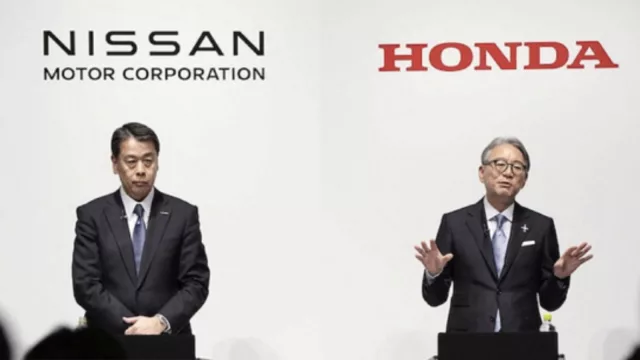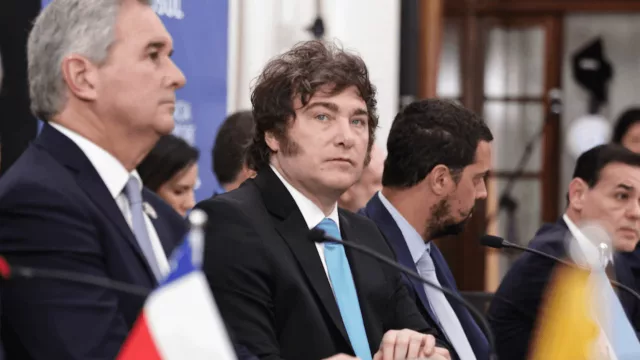Important:
You can also read this article in Portuguese in the "Miami em Português" section:
https://infonegocios.miami/miami-em-portugues.
This article delves into the details of the merger between Nissan and Honda, exploring its implications for the automotive industry and consumers. Below are some key points:
- Strategic Merger: The union seeks to combine strengths and mitigate weaknesses.
- Financial Synergies: A significant operational benefit is projected.
- Adaptation to Change: Electrification and digitalization are vital for competitiveness.
- We are living in an era of hyper-competition, hyper-productivity, and hyper-replication.
Automotive companies, along with those in all categories, must invest in new products, technologies, category expansion, and experiences. They need to generate new ways to engage with the brand and diversify across various niches, subcategories, and value creation.
It’s about creating worlds, and for that, a strong brand culture is essential. This not only necessitates collaborations but also mergers across all sectors.
The merger between Nissan and Honda represents not just a business strategy but also a response to the challenges currently faced by the automotive sector. The imperative to innovate, adapt, and collaborate is evident in every step both companies are taking. As the market evolves, consumers will need to pay attention to how this union will influence their choices and the direction of sustainable mobility.
The Importance of the Merger
The companies have signed a memorandum of understanding that outlines the steps to be taken in this ambitious project. “The goal is to combine our strengths and reduce our weaknesses,” stated Makoto Uchida, president and CEO of Nissan. This strategic approach aims not only to enhance operational efficiency but also to position the new entity as a formidable competitor against giants like Toyota and Volkswagen.
Synergies and Operational Benefits
Toshihiro Mibe, president of Honda, emphasized that “the synergies of the new company could generate an operational benefit of 1 trillion yen (6 billion euros).” This growth potential is crucial at a time when the industry faces challenges such as electrification and the advancement of new technologies. Mibe also highlighted that “by 2030, we must have the right tools to remain competitive,” underscoring the urgent need for adaptation.
-
IG: @infonegociosmiami
The Competitive Context
Globalization and the emergence of new players in the market, especially in regions like China, compel traditional companies to reinvent themselves. “If integration occurs, we will have more freedom to choose the best strategy,” concluded Mibe. This statement underscores the necessity for flexibility and adaptability in an increasingly complex business environment.
Mitsubishi Motors and Its Role
Mitsubishi Motors, in which Nissan holds a 34% stake, is also considering its role in this new union. “We will provide our response by the end of January,” stated its president, Takao Kato. The inclusion of Mitsubishi could further solidify the new entity's position in the global market.
Response to Competition
News of this possible merger comes amid growing interest from companies like Hon Hai Precision Industry, known as Foxconn, which has expressed intentions to acquire a stake in Nissan. This highlights the pressure traditional manufacturers face to remain relevant in a rapidly changing market.
Frequently Asked Questions (FAQs)
-
What does the merger between Nissan and Honda entail?
The merger aims to combine resources and strengthen competitiveness in an increasingly challenging market, with the goal of creating the world’s third-largest automobile manufacturer. -
When is this merger expected to be completed?
Negotiations are scheduled to conclude in June 2025, with a holding company expected to go public in August 2026 -
How will this merger affect consumers?
The merger could lead to more innovative and competitive vehicles, as well as improvements in automotive technology and sustainability.
-
Inscreva-se gratuitamente na INFONEGOCIOS.MIAMI para receber as informações mais estratégicas, ágeis e valiosas em: Inscreva-se Aqui
-
Rede Infonegocios: 4,5 milhões de anglo-latinos unidos pela paixão pelos negócios.
Contate a Infonegocios MIAMI: [email protected] ou [email protected]












Tu opinión enriquece este artículo: